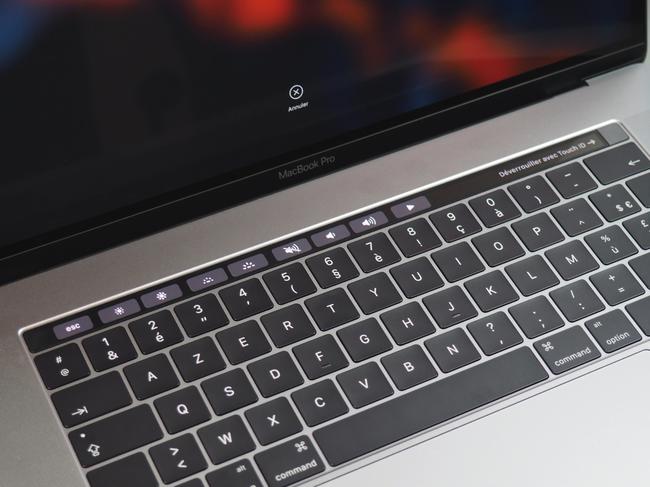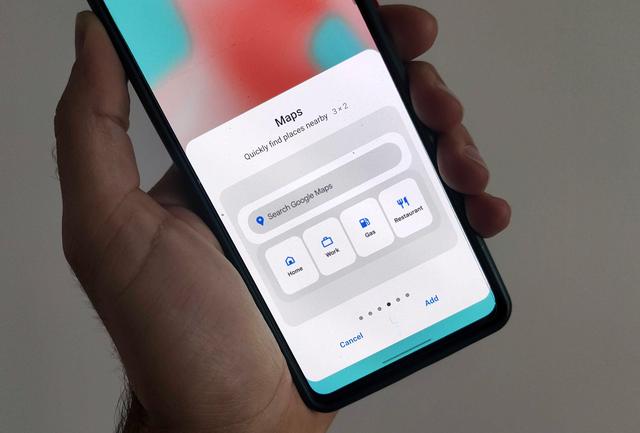Nothing very complicated to put on your own gaming pc, but you still have to know how to do it.This trend, which is experiencing constant progression, has become accessible to everyone.Among the advantages, a personalized configuration and a lower cost.
Going up a gaming PC allows you to have a device in line with your user profile.The equipment is not overpriced and is ultimately quite simple.
Tools to mount a gaming pc
To mount your gaming PC, you will need a small cruciform screwdriver;Note that we recommend a screwdriver with a magnetic tip, this will save you small galleys like dropping the screws, which are often tiny.There are also kits with a whole bunch of tips and which are very practical for all kinds of small work at home.
Adequate tools will facilitate assembly.© Sezer66, Adobe Stock
The processor, the Ventirad and the RAM
The processor goes directly to the motherboard (there are two types: AMD or Intel), you have to be careful not to damage the pines.You just need to note the dedicated "latch" of the motherboard and position the processor with delicacy by checking the small brand on the processor so as not to drop it backwards.Then you just have to close the small cache and reposition the "latch".The manipulation must be fluid, without forcing on the equipment so as not to damage it.
The Ventirad is the system that allows you to cool the processor, which tends to heat when the PC runs.Start by putting thermal dough on the processor (unless there are already on the Ventirad, which is also possible);It must be spread over the entire surface of the processor.The fastening of the Ventirad is very simple, but as it depends on the model, we send you back to the notice of yours.Then tighten the screws (cross) well to properly distribute the tightening and finally, connect the Ventirad thread to the CPU fan of the motherboard.

The installation of the RAM is not very complicated either.Refer to your motherboard instructions to find out which slot (slit) should be used.Open the small "hotquets", place the RAM without forcing, clip, and voila.
Food, motherboard, facade connectors, housing fans
Connect the power cables to the module then fix it to the back, simply screwing it;Generally the fan of the power supply is down.Regarding the motherboard, just screw it to solidarize it with the case (in principle the screws are provided with the case).
An organized box will promote air circulation.© Daniel Krasoń, Adobe Stock
For facade connectors, you will note that the case has all the locations planned (ports, slits, headsets, Power and Reset buttons, etc.).It is necessary to connect the corresponding cables on the motherboard and to do this, the best is to look on the manual of the motherboard, which summarizes all this (this varies according to the model considered).Most of the time, the housing fans are to be connected to the motherboard, via what is called a hub, but they are sometimes directly (refer to their instructions).
SSD, hard drive, power supply, graphics card and cable storage
The case provides locations for the SSDs: look at the documentation provided to you in order to locate them well.You still have to connect them to the motherboard.
Then you have to feed the processor, motherboard, etc.Place the CPU cable at the motherboard (generally at the top left of the latter), then connect the 24 PINE cable for the mothering of the motherboard itself.
Position your graphics card by pressing the dedicated small latch of the motherboard (right) and switch the card until the small latch goes up for itself.Screw the card and connect the power cables.
Finally, there is only to "order" the interior of the case, that is to say to store the cables ... Use small plastic necklaces to group them, so it will be well arranged andThe air can circulate better.
!
Thank you for your registration. Eassembled for counting you among our readers!










Farewell Touch Bar, I won't regret...
Caddy, the only web server to use H...
Burkina Faso / Gabon (TV / Streamin...
What the future of work will not b...